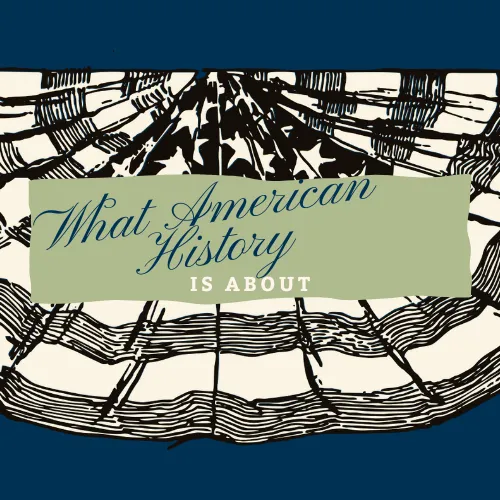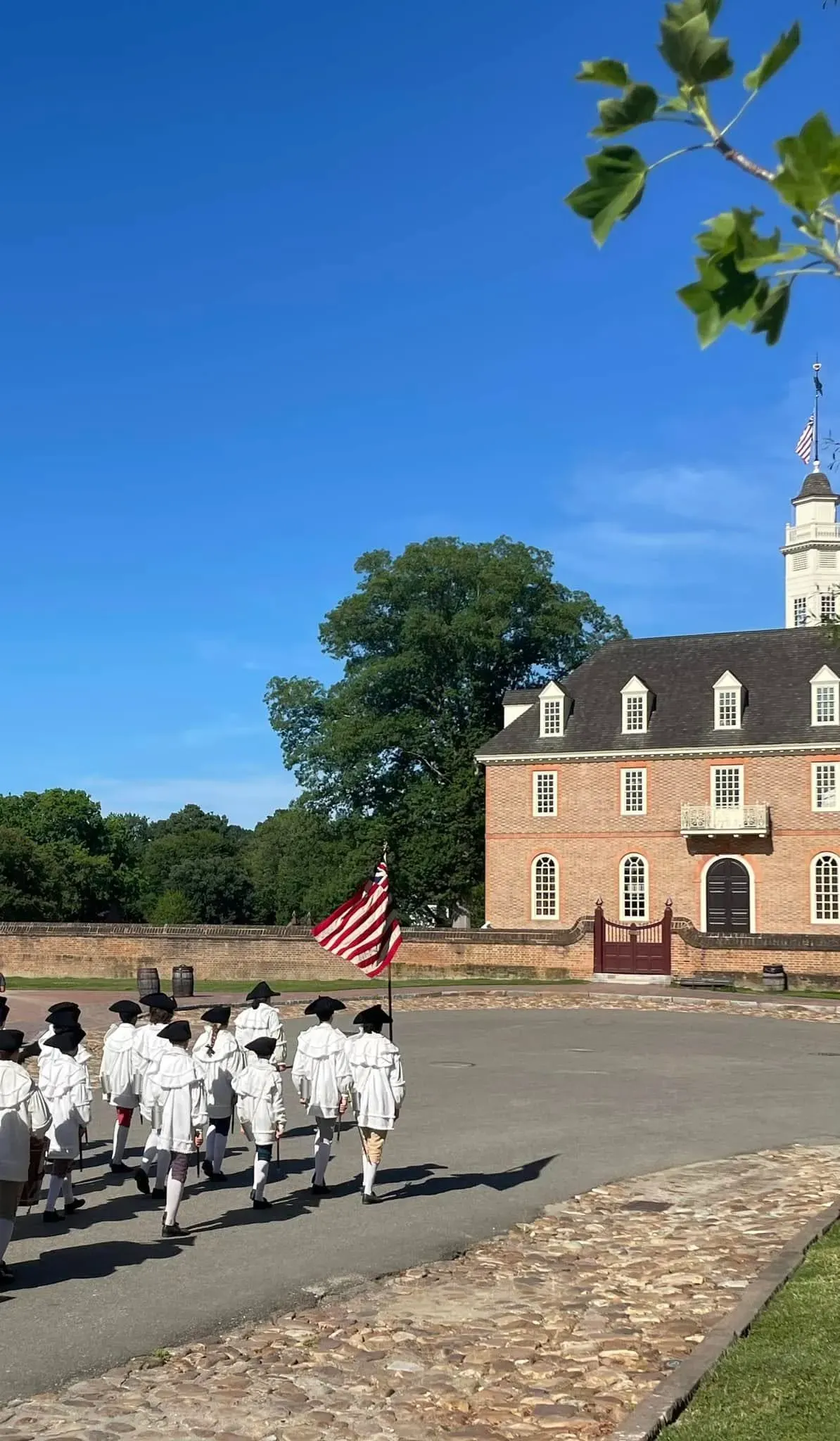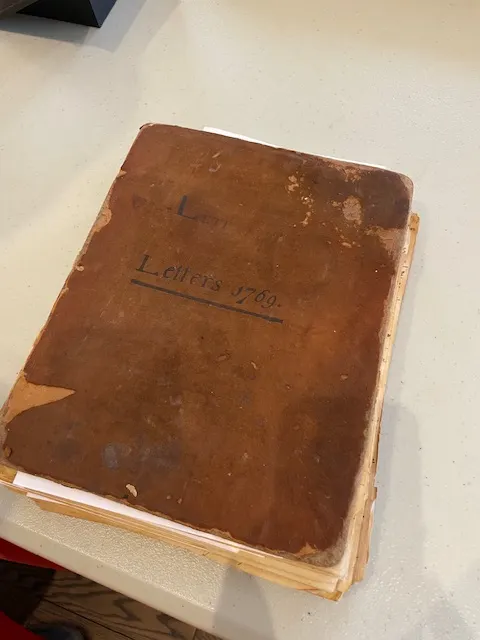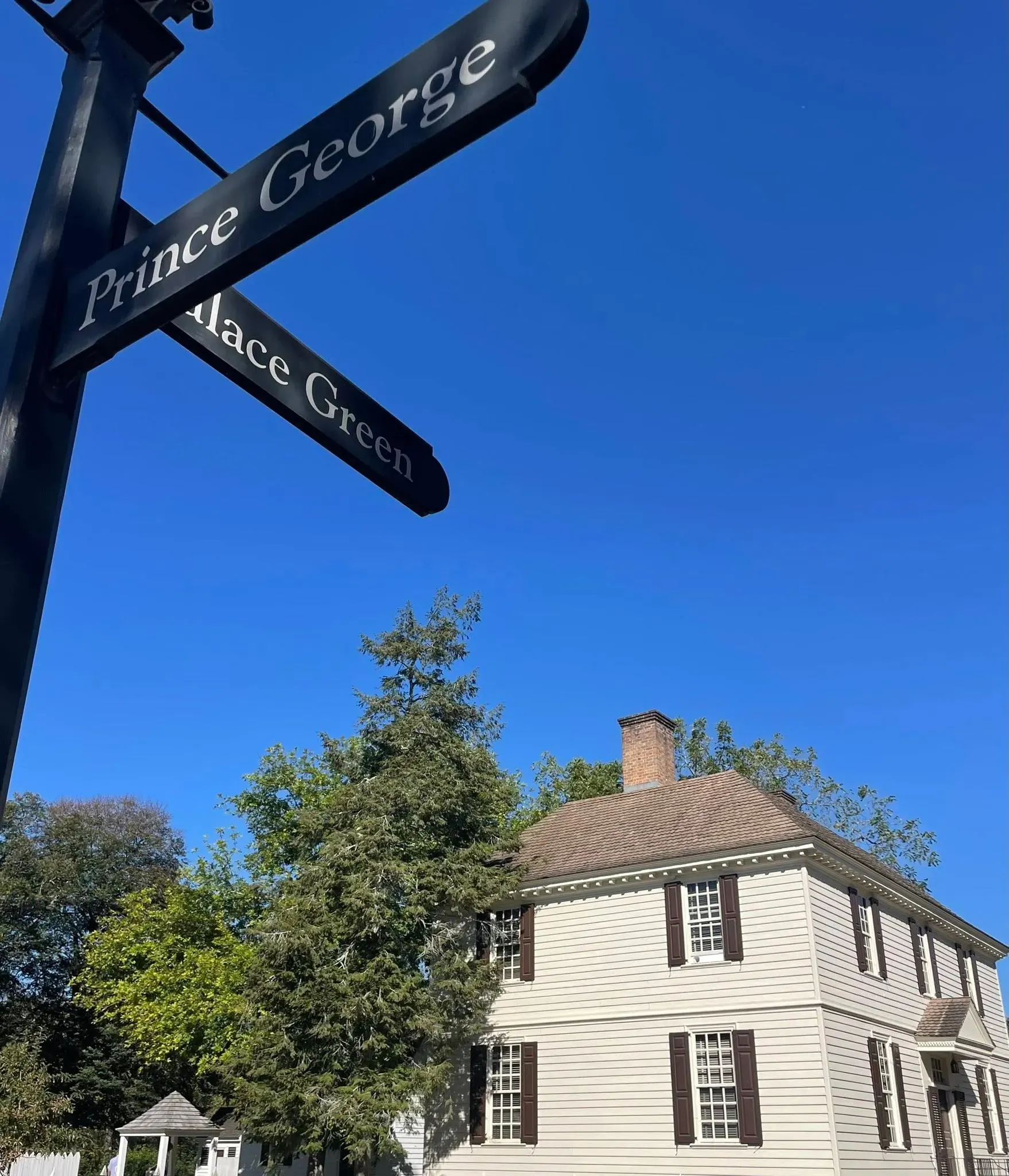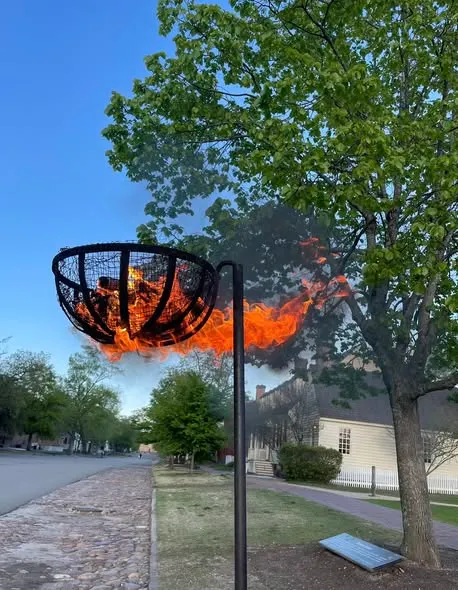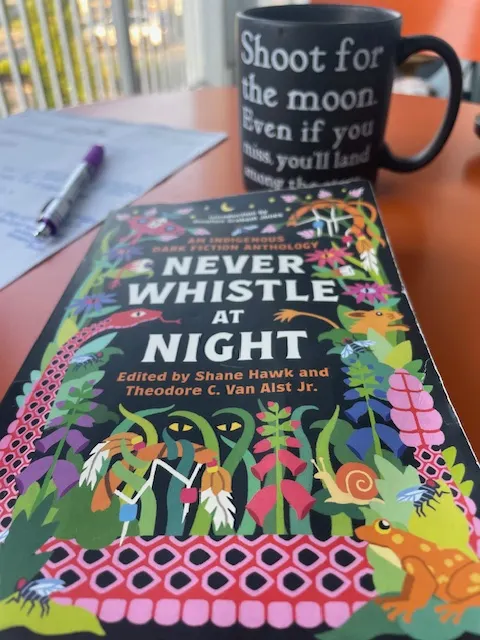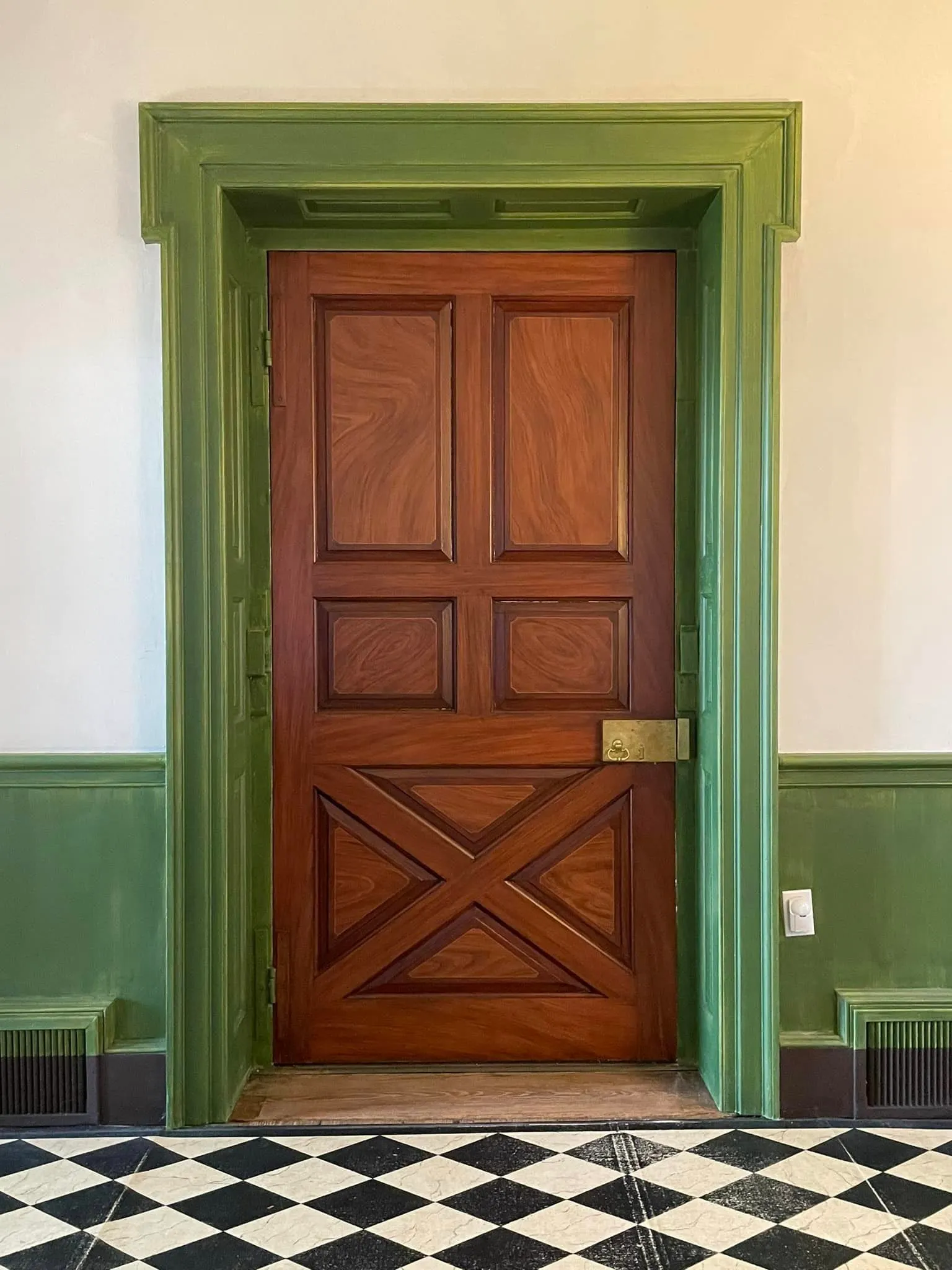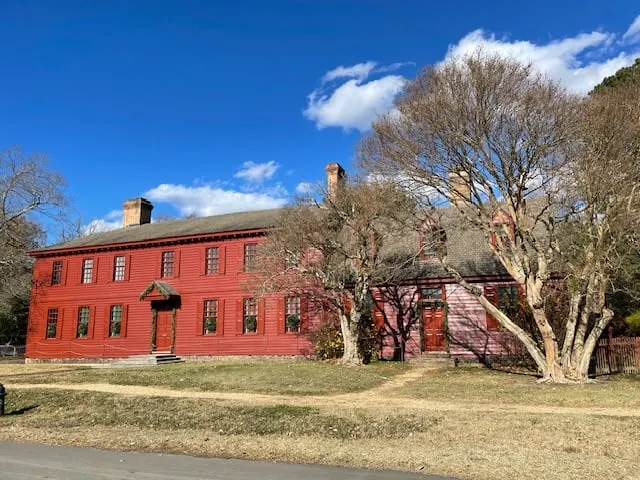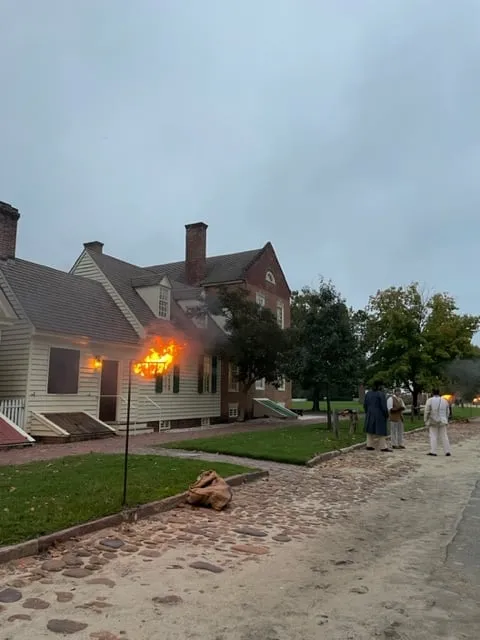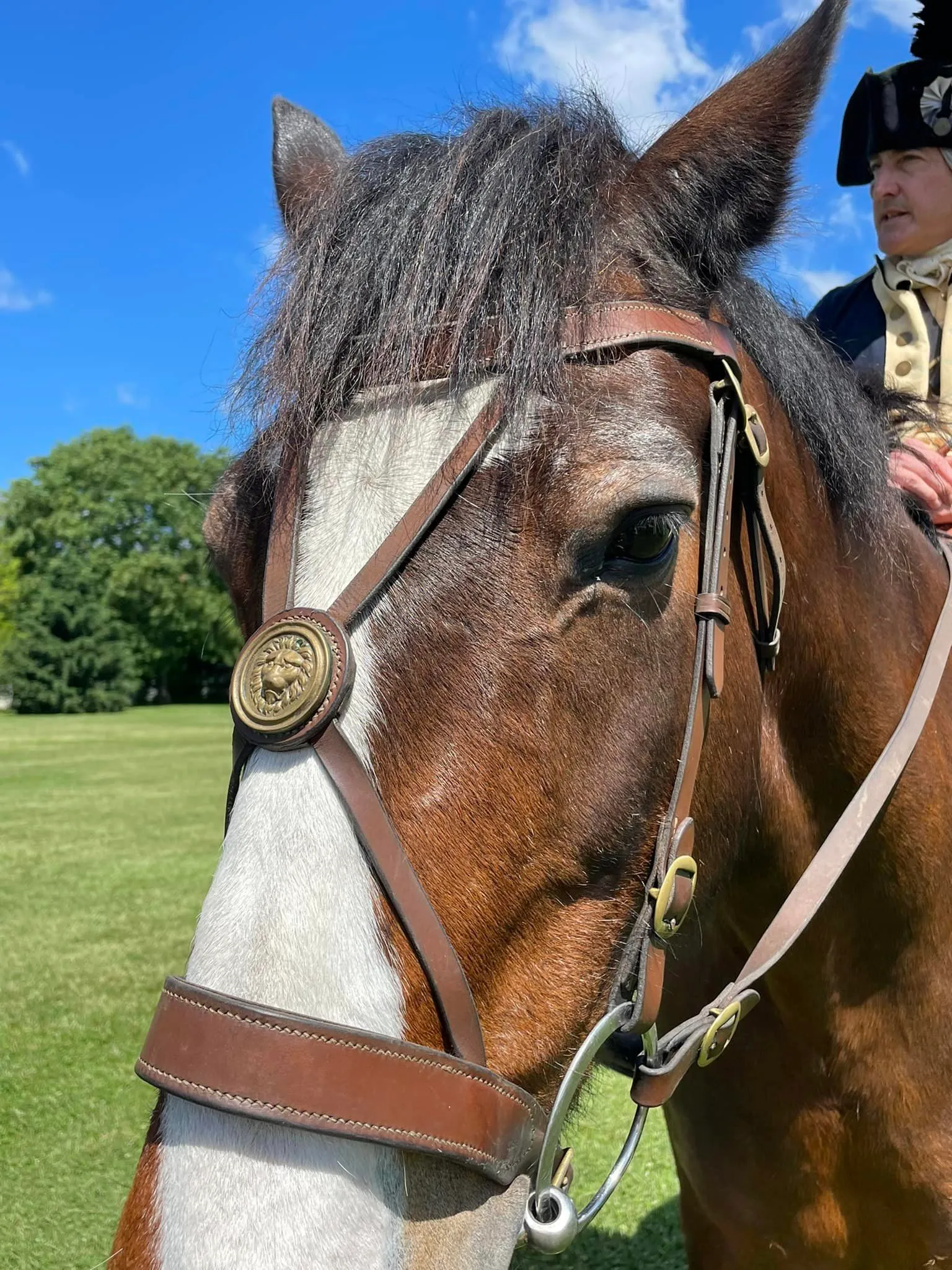Documents Leading to American Independence: Patrick Henry's Resolves in the Special Collections of Colonial Williamsburg
Patrick Henry’s Resolves are available for public view.
Yesterday I saw Patrick Henry’s handwriting. And no, it wasn’t a copy. It wasn’t online. It was the ink he used, on the paper he touched. For someone passionate about history, this was an amazing moment.
It’s not lost on me how fortunate I am!
For me, access to Patrick Henry’s Resolves is through the John D. Rockefeller Library of Colonial Williamsburg (CW). Commonly referred to as “the Rock.” I visit there regularly to research history. When I found out not only the library itself is currently open to the public, but so are their Special Collections by appointment, I had to schedule one.
I must give credit where it’s due: Richard Schumann of Colonial Williamsburg recommended I view the document.
RELATED: Click here to explore resources available at the Rock and note: photos of Special Collections documents are only allowed for personal use, so I none will appear on this blog.
Disclaimer: As a blogger, I use affiliate links sometimes! I may receive commission from purchases I share, but it does not change your price but sometimes you might get a discount.
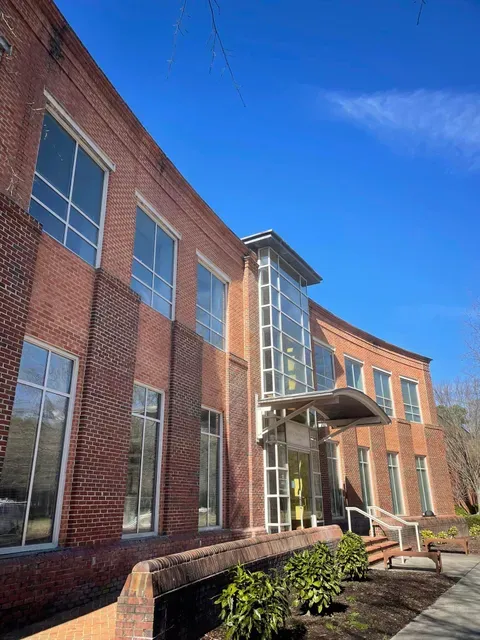
Colonial Williamsburg's John D. Rockefeller Library
Passage of Patrick Henry’s Resolves.
In 1765, Patrick Henry couldn’t stay silent about Parliament’s Stamp Act, created with the goal of settling the debt attributed to the Seven Years' War. Henry was newly elected to the House of Burgesses and put himself out there right from the start.
Five of Henry's resolutions were passed, one expunged from the record, and two not even introduced. However, all seven were reported in newspapers around the Colonies as passed. Treasonous?
Keep in mind, the punishment for treason was being hung by the neck until almost dead…and I won't go further on this blog. Instead I'll direct you to a link from the University of Michigan, consistent with what I've learned from multiple sources.
Warning: this link leads to the details of the punishment, which was truly violent, horrific, and makes me respect the passion of the men (and their families) who ultimately signed the Declaration of Independence.
RELATED: Click here for a more in-depth understanding of the Stamp Act.
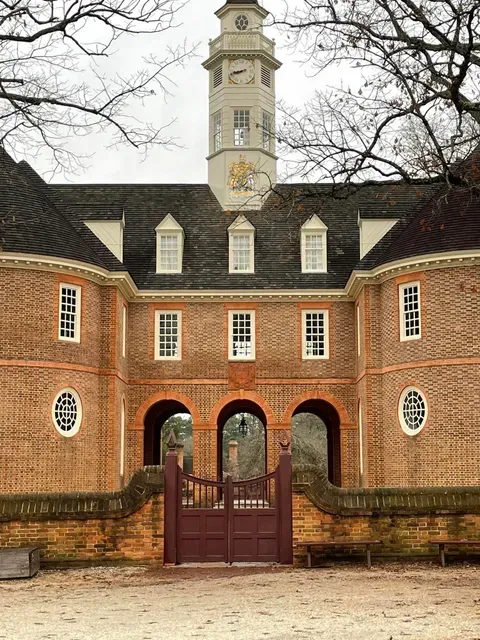
Capitol reconstruction, Colonial Williamsburg
Patrick Henry’s Seven Resolves.
The list transcribed.
The first five from Red Hill's website and the final two, in a separate font, from the Independence Hall Association's website.
Resolved, That the first Adventurers and Settlers of this his Majesties Colony and Dominion brought with them and transmitted to their Posterity and all other his Majesties Subjects since inhabiting in this his Majestie’s said Colony all the Priviledges, Franchise and Immunities that have at any Time been held, enjoyed, and possessed by the People of Great Britain.
Resolved, That by two royal Charters granted by King James the first the Colonists aforesaid are declared intituled to all the Priviledges, Liberties and Immunities of Denizens and natural born Subjects to all Intents and Purposes as if they had been abiding and born within the Realm of England.
Resolved, That the Taxation of the People by themselves or by Persons chosen by themselves to represent them who can only know what Taxes the People are able to bear and the easiest Mode of raising them and are equally affected by such Taxes Themselves is the distinguishing Characteristick of British Freedom and without which the ancient Constitution cannot subsist.
Resolved, That his Majestie’s liege People of this most ancient Colony have uninterruptedly enjoyed the Right of being thus governed by their own assembly in the Article of their Taxes and internal Police and that the same hath never been forfeited or any other Way given up but hath been constantly recognized by the Kings and People of Great Britain.
Resolved, Therefore that the General Assembly of this Colony have the only and sole exclusive Right and Power to lay Taxes and Impositions upon the Inhabitants of this Colony and that every Attempt to vest such Power in any Person or Persons whatsoever other than the General Assembly aforesaid has a manifest Tendency to destroy British as well as American Freedom.
Resolved, That His Majesty's liege people, the inhabitants of this Colony, are not bound to yield obedience to any law or ordinance whatever, designed to impose any taxation whatsoever upon them, other than the laws or ordinances of the General Assembly aforesaid.
Resolved, That any person who shall, by speaking or writing, assert or maintain that any person or persons other than the General Assembly of this Colony, have any right or power to impose or lay any taxation on the people here, shall be deemed an enemy to His Majesty's Colony.
Notes in the margins.
Ok y’all – this is the magic of viewing Special Collections. I got to see his handwritten notes in the margins. No pictures were allowed, but that’s ok.
The point I want to make, is there were notes. There were additions and alterations.
I was able to see an American icon's thought process in writing a document critical to American Independence (see the closing words from history at the end of the post).
In fact, I've highlighted several changes in the post above, making the additional words both bold and italicized. I'm still a rookie in viewing old documents; know that future transcriptions will likely be more comprehensive. In the meantime, I truly wish I had a better eye to read the extremely worn paragraph on the reverse of the document, also in Henry's hand.
RELATED: Click here to be transported to Patrick Henry’s Red Hill’s website where you can see what the House of Burgesses recorded and what was reported in two newspapers in contrast to the full list.
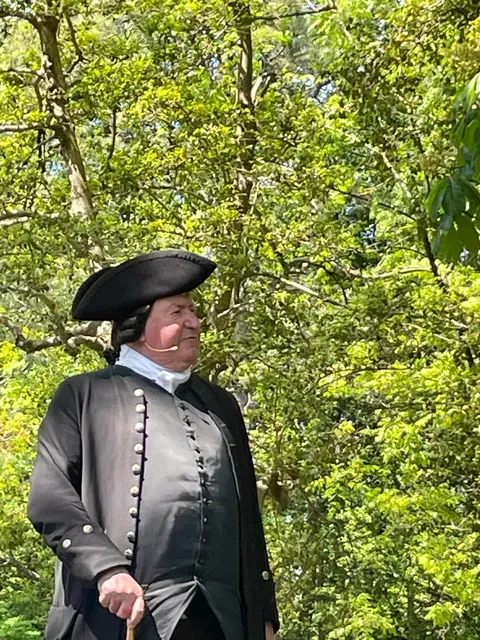
Richard Schumann portraying Patrick Henry, recounting Resolves' passage in CW
My viewing of Patrick Henry’s Resolves leads to more questions.
Questions I have for you, the reader.
- Is this the first you've heard about Patrick Henry's Resolves?
- Have you seen any historical documents?
- Do you have access to a Special Collections archive?
Questions for myself, as I dig deeper into early American history.
- How did other Colonies respond to Virginia's "passage" of Patrick Henry's Resolves?
- Who cast the dissenting votes (I do have some guesses) beyond Peyton Randolph, Speaker?
- What other primary sources relating to American Independence can I find in the Special Collections at the Rock?
5 related articles on this blog I recommend.
(click any topic below to open my article in a new window)
- Scotchtown – Patrick Henry’s home for a period in time.
- Primary Sources – the best way to learn history!
- My drive to Scotchtown – the reason and results.
- 3 documents related to Independence – and they’re not the Declaration!
- Announcement – Patrick Henry becomes Governor.
And if you plan to visit the region and are super-interested in learning more about Patrick Henry:
1) Book a tour in Colonial Williamsburg with me! I'll tailor a Patrick Henry-based tour for you!
2) Purchase a curated travel itinerary from me - I'll put together stops that will bring the story of Patrick Henry to life!
Click here to set up a call.
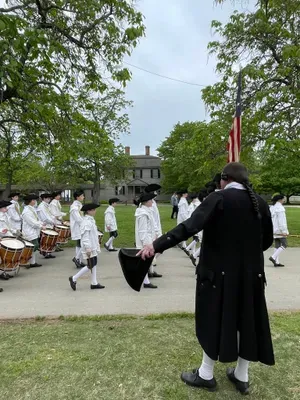
Richard Schumann honoring Fifes and Drums, CW
Closing with words from history
Today, an excerpt from Thomas Jefferson’s 1812 recollection of the House of Burgesses debate and passing of Henry’s Resolutions. In context, he is sharing his opinion on the accuracy of information being shared on them.
To read the letter in full, with citations and notes, click here to be directed to Founder’s Archives.
Thomas Jefferson to William Wirt, 14 August 1814
To William Wirt
Monticello Aug. 14. 14.
Dear Sir
I have been laying under contribution my memory, my private papers, the printed records, gazettes & pamphlets in my possession to answer the enquiries of your letter of July 27. and I will give you the result as correctly as I can.
(letter continues)
I was standing at the door of communication1 between the house and lobby during the debate and vote, & well remember that after the numbers on the division were told, and declared from the chair, Peyton Randolph (then Atty Genl) came out at the door where I was standing, and exclaimed ‘by god, I would have given 100. Guineas for a single vote.’ for one vote would have divided the house, and Robinson was in the chair who he knew would have negatived the resolution.
Are you enjoying this blog? Consider supporting my ability to continue this free blog by tipping me! You can buy me a coffee:
There is a huge practical disclaimer to the content on this blog, which is my way of sharing my excitement and basically journaling online.
1) I am not a historian nor an expert. I will let you know I’m relaying the information as I understand and interpret it. The employees of Colonial Williamsburg base their presentations, work, and responses on historical documents and mainly primary sources.
2) I will update for accuracy as history is constant learning. If you have a question about accuracy, please ask me! I will get the answer from the best source I can find.
3) Photo credit to me, Daphne Reznik, for all photos in this post! All photos are personal photos taken in public access locations or with specific permission.
